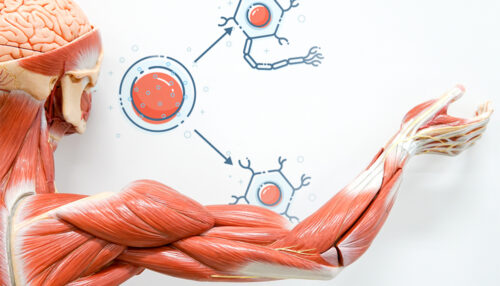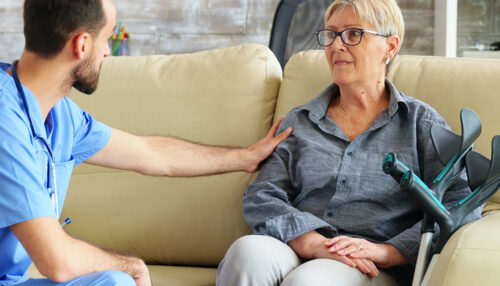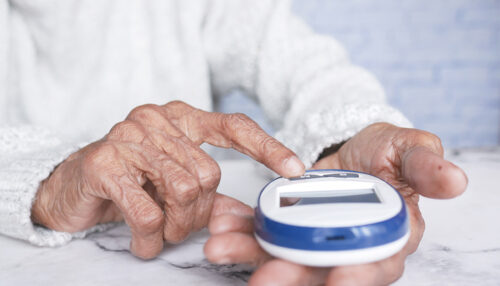
Due to at least economic factors, there is a growing need for effective and simple therapies for the increasingly common musculoskeletal (MSK) disorders, such as in the case of osteoporosis. Vibrotherapy seems extremely promising, at least for some patients, where therapeutic vibration (TV)* is increasingly used to improve bone structure and muscle performance. However, this […]










